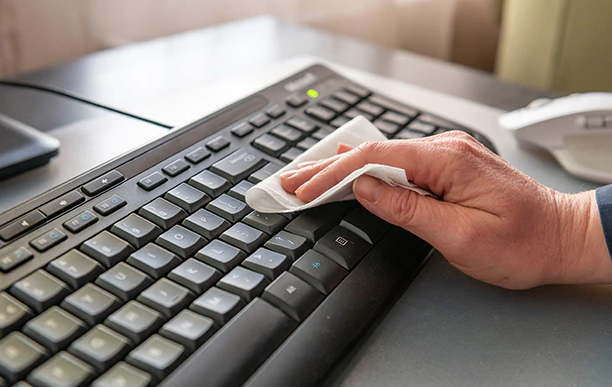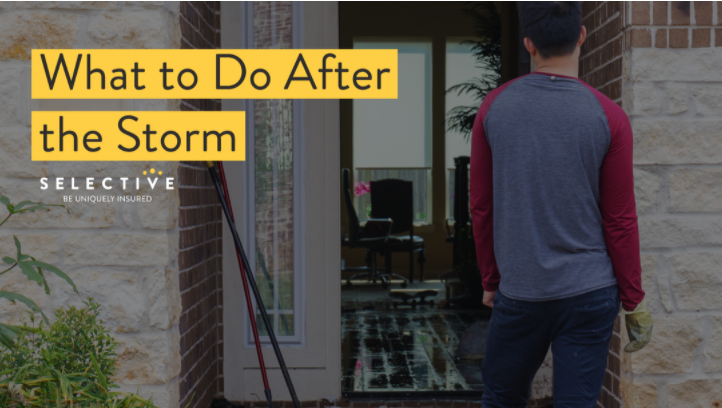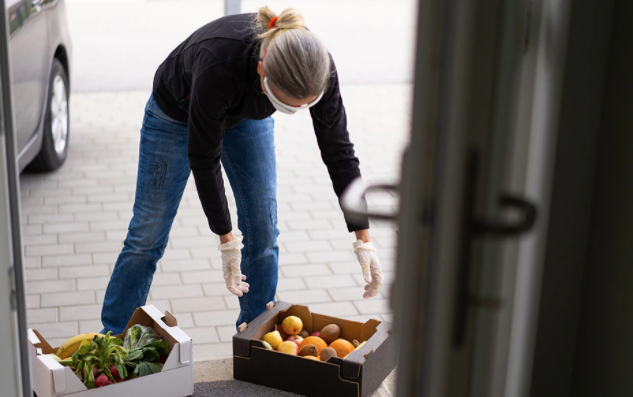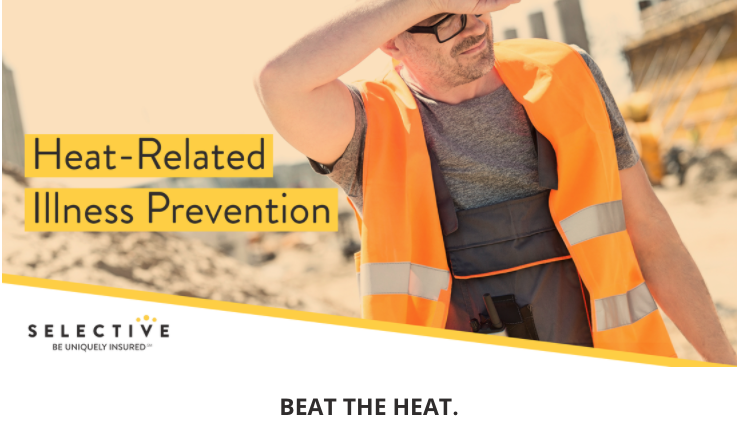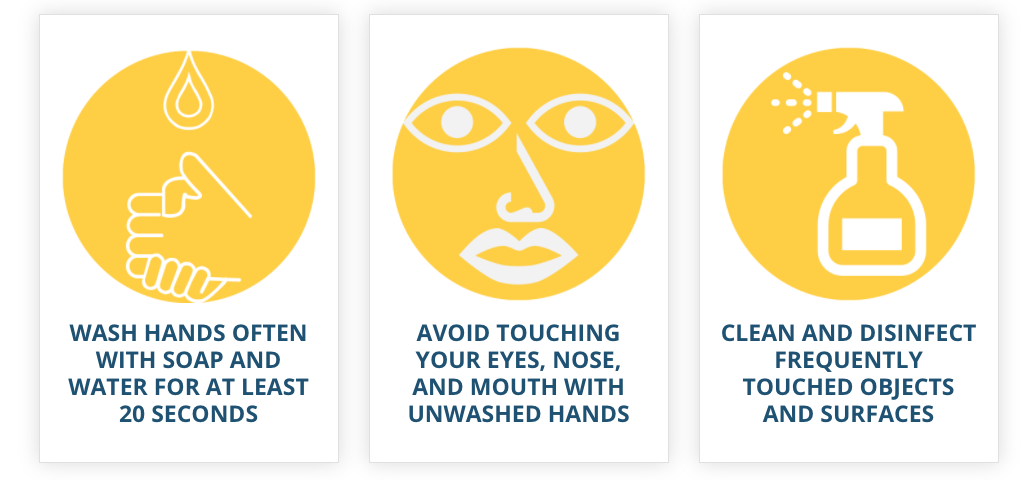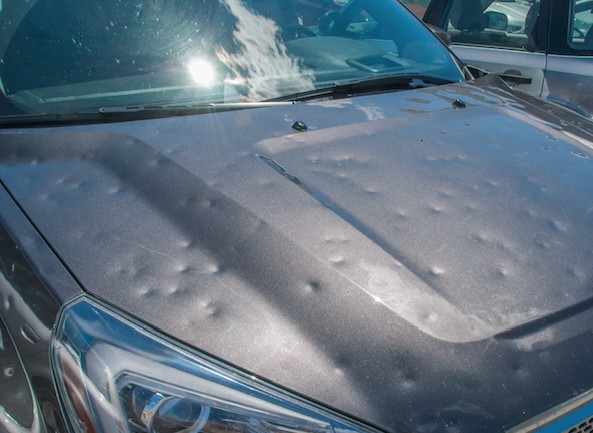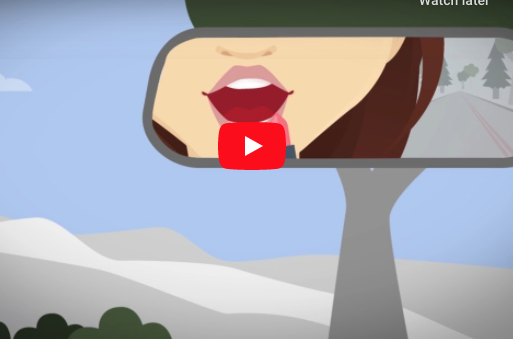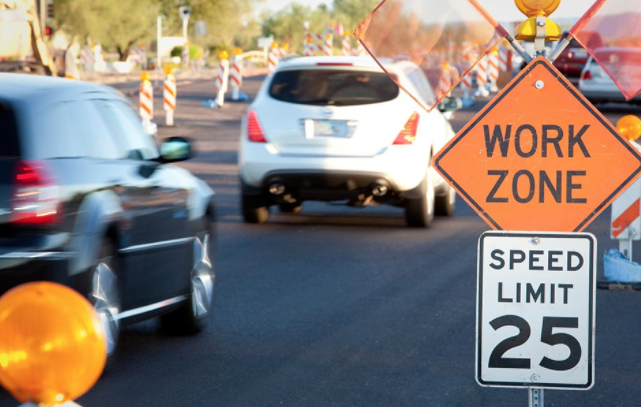National Golf Month!
Why Do Dimples Help A Golf Ball?
The reason for golf balls having dimples is to do with drag. The moment a ball is struck, it is slowing down. Well-hit golf shots propel the ball at about 120 mph through the air, and the moisture and pressure in the air get right to work and slow the ball down.
The less area you have on the cover of a golf ball, the less area there is to be affected by the air. The dimples on the golf ball affect the air molecules that affect the ball’s flight. The dimples cause the molecules to roll and bounce around which creates turbulence in the air on the surface of the ball.
A smooth golf ball would travel far shorter as its area is more susceptible to the force of air pressure. In the early years of golf, smooth feather filled balls were used, and it wasn’t until they got scuffed and misshaped that players discovered that a non-smooth ball would travel further. READ MORE












